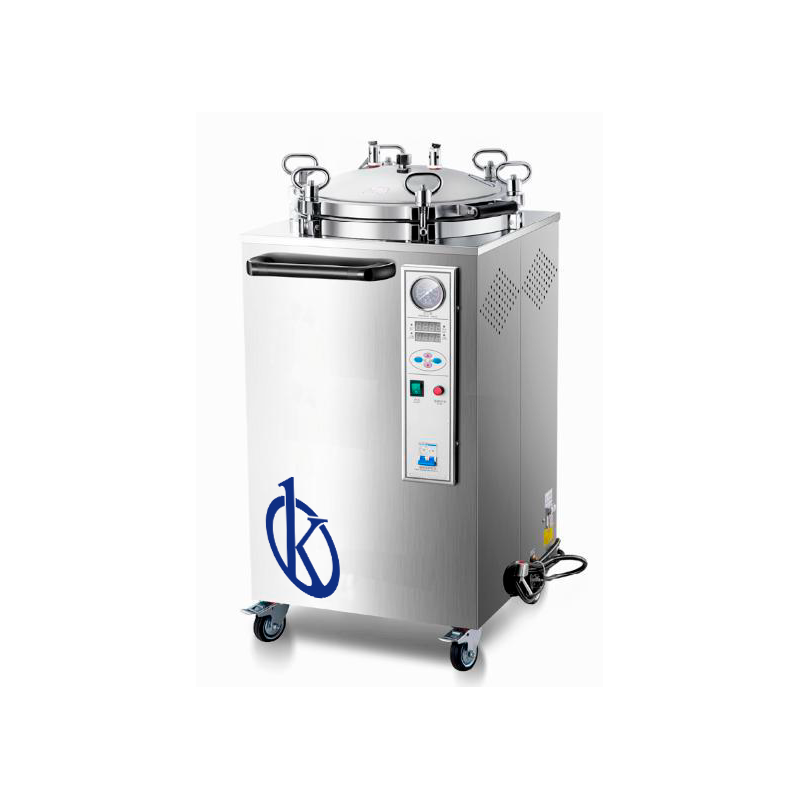A laboratory homogenizer is a kit that is used to homogenize various samples, i.e. commonly used in laboratories to mix substances, in order to create soluble suspensions or double emulsions.
Therefore the use of a homogenizer in the laboratory is needed to ensure that all components of the prepared suspensions have the same characteristics. They are also used to mix gently and achieve a forceful resuspension of cells and chemical and biological fluid components in tubes by using an eccentric mechanism.
Of note, homogenization is a common step in the preparation of samples of biological origin, prior to analysis of nucleic acids and proteins, cellular, metabolism, and pathogen studies. Homogenization systems are also of great importance and usefulness in most food and beverage, cosmetic, science and technology industries, as well as in many other industries where the manufacturing process must be combined and emulsified. The main types of homogenizers are grouped into three main categories: mechanical, ultrasound and pressure.
Types of homogenizers
- Mechanical: Shake the sample rapidly and steadily to create a homogeneous emulsion.
- Multi-sample: Homogenization is fast in these equipments, through a system of self-hitch and unhitch of the multiple preparation probes. It is capable of emulsifying several samples at once, using separate and disposable tubes.
- Ultrasonic: This type of homogenizer is the most appropriate and effective for dissolving cells and subcellular structures and tissues. The equipment releases suspended sound pressure waves. When they are used, small bubbles are generated in the liquid due to the flow caused by the pressure waves. Cavitation occurs when these bubbles grow and converge to maximum size, are vigorously agitated, and then collapse. They are usually used for scientific trials.
- Pallet: They work with a sterile plastic bag, into which the sample and diluent is introduced, then the paddles tap the bag continuously, allowing emulsion of the sample.
- Blender: these are equipment quite similar to domestic blenders, they are composed of a glass or steel jug, and a propeller coupled to the engine, which produces uniform homogenization of the sample.
Vibration homogenizers are quite common in bioscience laboratories. In cell culture and microbiology laboratories that may be used to suspend cells. In a biochemical or analytical laboratory which may be used for mixing the reagents of a test or for mixing an experimental sample and a diluent.
Recommendations when using a laboratory homogenizer
- Never operate the unit if the shaking head is not securely attached.
- Always use unbreakable eye protection.
- Do not use or mix flammable solvents on or near the shaker.
- Shake hazardous samples in suitable holding vessels.
- Repairs should be done by qualified personnel.
- Impaired protection may be caused if used in a manner not specified by the manufacturer.
In Kalstein we are MANUFACTURERS and we offer you homogenizers of the highest technology and at the best PRICES in the market. So we invite you to take a look HERE




